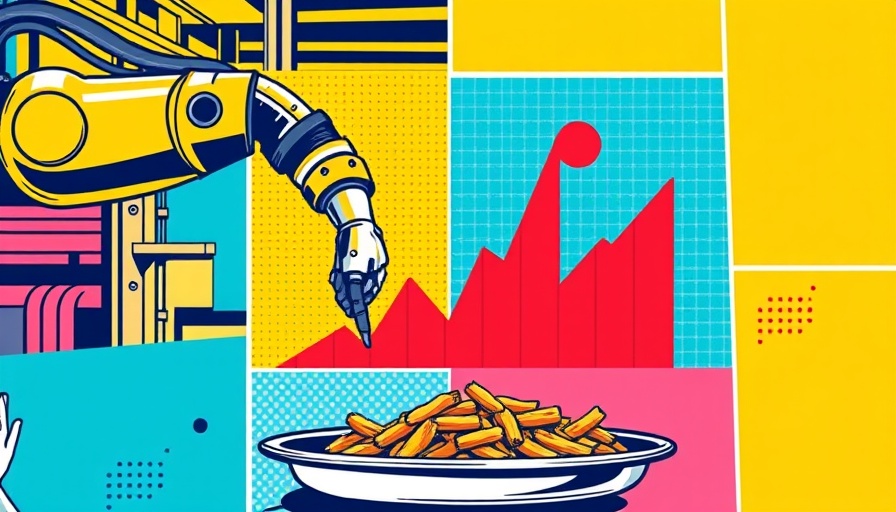
Humans: The Heart of Automation Success
In a world that increasingly relies on automation, the need for human oversight and creativity remains paramount. At Kernel Foods, where I recently joined forces to revolutionize the restaurant industry, our journey underscores an essential truth: while machines streamline operations, humans are the catalysts for genuine innovation and exceptional customer experiences.
Creating Meaningful Experiences
My earlier experiences at Peloton taught me that the user experience goes beyond just delivering a product. It encapsulates the entire journey—from the moment someone engages with a brand to the memories crafted through those interactions. At Kernel, we aim to draw customers in not just with technology but with the emotional satisfaction they experience when indulging in creatively crafted vegan dishes.
Challenges of Scaling Automation
Many businesses, including Kernel, often fall into the trap of focusing on technological advancements to drive growth. While this desire for innovation is commendable, it can lead to overlooking the customer experience. Our initial foray into automation at Kernel showcased a series of operational efficiencies—burger toasting systems and on-demand salad dispensing—that were meant to maximize efficiency. However, when we realized that these innovations risked limiting the chefs’ creativity, it became clear: operational excellence must support, not hinder, the human touch.
Operational Efficiency Vs. User Experience
It’s crucial to find a balance between operational efficiency and creating an engaging user experience. At Kernel, we learned that the pristine nor the agile can take precedence over customer satisfaction. The initial model yielded technological marvels that were impressive on paper but failed to resonate with our patrons. As we pivoted our strategy, we redesigned our framework to focus on crafting delightful experiences that left customers wanting more.
The Role of Feedback in Innovation
One key takeaway from our experience is the importance of customer feedback in driving innovation. Engaging with our audience provided invaluable insights about their expectations and cravings. By reorienting our operational strategies around this feedback, we laid the groundwork for developing a restaurant experience that marries technology with personalized service, ultimately elevating both the customer and employee experience.
Future Trends in Automation
Looking ahead, integrating humans into the automation equation will define successful business models. As consumers become more discerning, the brands that effectively balance technology and human touch will stand out. The future restaurant is not solely automated; it is a space where creativity and efficiency coexist, igniting passion in chefs and delight in customers.
How Small Businesses Can Adapt
For consultants and small business owners, there’s a crucial lesson in embracing a hybrid approach to automation. As you engage in scaling operations, remember the irreplaceable value of your team. Consider these actionable insights: actively include team members in discussions about the implementation of new technologies, prioritize training to ensure human insight guides automation, and continuously gather feedback from clients to ensure you are meeting their needs.
A Call to Action for Entrepreneurs
Your involvement in shaping your business's future cannot be overstated as automation continues to evolve. Reflect on these insights and assess how your approach to technology can create more meaningful experiences for your clients. Strive to innovate from the ground up, beginning with your team and customers, ensuring that as you automate, you connect.
Embrace the evolving landscape of automation while preserving the creativity, insight, and connection that only humans can provide. Let’s build businesses that are as much about their people as they are about their machines—making humans not just a part of the equation but the pivotal factor in success.
 Add Row
Add Row  Add
Add 






Write A Comment